Brexit Update: May 2018
Whilst any degree of certainty remains largely absent, recent days have, perhaps, allowed for a degree of cautious optimism on one of the main concerns for our sector.
Health technologies can cross currently frictionless UK/EU27 borders upwards of half a dozen times during their life cycles. The sourcing of materials, manufacturing, assembly, packaging, sterilisation and distribution of finished goods and components, conspire to produce a complex, international supply chain.
80% of technologies used in the NHS, wherever in the world they are manufactured, are, ultimately, imported from the EU27, and for around 20% of procedures, the necessary equipment is supplied on a next-day basis. Any delays and disruptions to the movement of these goods will be felt most acutely by the patients who rely on them. We have consistently made this point to negotiators on both side of the Brexit table over the past two years.
In the last week, the Prime Minister had announced that there will be an additional White Paper on future arrangements published in June. This, after she sent her Cabinet away to consider the two options for future Customs arrangements laid out in last summer’s White Paper, a customs partnership or what has become known as the maximum facilitation (max facs) solution. The former would see the UK effectively act as an agent of the EU27, collecting due tariffs and duties on EU bound goods, whilst the latter relies on the use of technology to ensure border checks are as streamlined as possible. To say neither is a perfect solution is something of an understatement. The Prime Minister reportedly favours the partnership approach, but she has faced vocal opposition to this, not least from Foreign Secretary, Boris Johnson. Meanwhile sources in Brussels say that officials in the Commission are openly and publically deriding the ability of technology to deliver a workable solution “for years.”
But the clock is ticking. June’s White Paper will have to at least begin to deliver enough detail for MPs to have the meaningful vote they were promised, and the Withdrawal Agreement needs to be ratified by both UK and European Parliaments in time for the October EC Summit, if it is to be ready for Brexit on March 29th next year.
The issue of future customs arrangements has become the singular most important and contentious one. This is not only because no obvious solutions are forthcoming, but it is also inextricably linked to Ireland. It is fact that is so obvious it is easy to overlook, but without any form of customs union there has to be a hard UK / Irish border. The so called “back stop position” from the Joint Report last December, where Northern Ireland would continue with existing arrangements and the border was in the Irish Sea, is, perhaps, the last red line the UK government would not cross.
Out of such seemingly intractable situations comes compromise. There are signs that the attitudes of hard line 'Brexiteers' on the government benches are softening. Given the lack of progress on customs arrangements and the prospect of the issue derailing the entire process, it seems very possible that a medium-term solution would be for the UK to continue with current arrangements beyond Brexit and / or any transitional period. This is not without its own problems. Assuming the proposed Withdrawal Agreement is ratified, a transition / implementation period would run until 31st December 2020. This is politically expedient as it coincides with the end of the current Multi-annual Financial Framework, the EU budget. If we were to extend any formal arrangements beyond that, it would come with a price tag. Additionally, maintaining current customs arrangements could give the impression that we have “not really left.” How palatable either eventuality would be remains to be seen, but in the absence of another obvious solution, it would at least guarantee continuity of supply for the foreseeable future.




